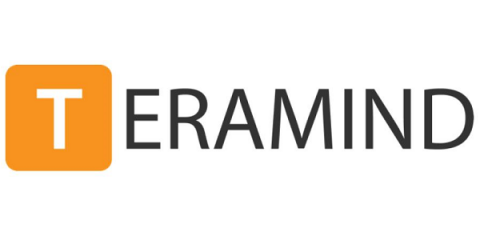Want To Build A Productive Hybrid Team? Avoid These 4 Traps
Are you experiencing issues managing your hybrid team’s performance? If so, take a look at these 4 productivity traps you encounter and what solutions you can use to increase productivity at work.








